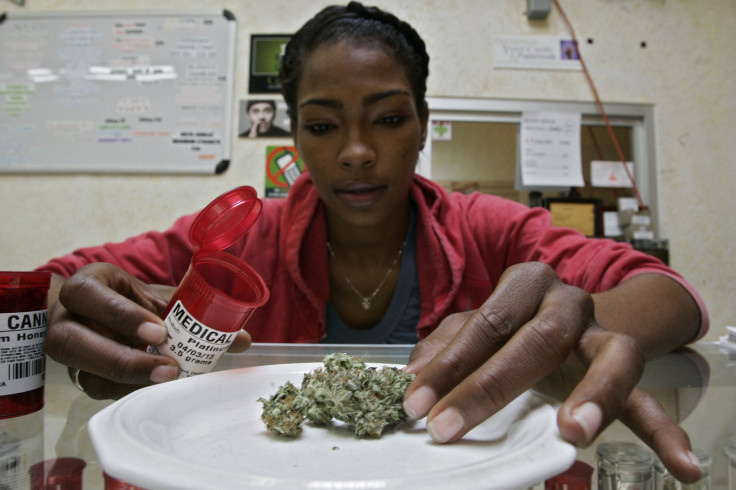Why Some Southern States May Be Closer To Legalizing Medical Marijuana Than You Think

The year 2014 is shaping up as a huge year for supporters of legalizing marijuana. Two states have fully legalized recreational marijuana, and a third will vote on the issue this year, while others are bringing long-forgotten medical marijuana laws back to the table.
Thirty-four states adopted laws recognizing the medical benefits of cannabis between 1978 and 1982. Under federal pressure and funding constraints, many of the programs created in those states were either shut down or never actually put in motion. But now some of those states, like Georgia and Louisiana, for example, may be able to move forward on medical marijuana programs without necessarily needing new legislation to do so.
Georgia enacted medical marijuana legislation in 1981. The Controlled Substances Therapeutic Research Program (then called the Medical Marijuana Necessities Act) declares that:
“The potential medicinal value of marijuana has received insufficient study due to a lack of financial incentives for the undertaking of appropriate research by private drug manufacturing concerns. Individual physicians cannot feasibly utilize marijuana in clinical trials because of federal governmental controls which involve expensive, time-consuming approval and monitoring procedures.”
It also recognizes the value cannabis can have in treating certain medical conditions, including cancers and glaucoma.
Louisiana has similar legislation. H.B. 1187, first passed in 1978 and amended in 1991, outlines that “a physician licensed to practice medicine in this state and who is also registered to prescribe Schedule I substances with the Drug Enforcement Administration may prescribe marijuana, tetrahydrocannabinols, or a chemical derivative of tetrahydrocannabinols for therapeutic use by patients clinically diagnosed as suffering from glaucoma, symptoms resulting from the administration of chemotherapy cancer treatment, and spastic quadriplegia.”
H.B. 1187 was one of the first medical marijuana legislative bills passed by a state. Louisiana, along with Florida, Illinois and New Mexico (which was actually the first), all passed bills in 1978.
New York Gov. Andrew Cuomo’s recent medical marijuana plan shows that laws already on the books can be used to speed up the process of legalizing medical marijuana. His plan is based on a law enacted in 1980. Four medical marijuana bills have been blocked in the New York state Senate, but the Antonio G. Olivieri Controlled Substance Therapeutic Research Program can be exercised by Cuomo himself.
The Controlled Substance Therapeutic Research Program allows doctors to prescribe marijuana to patients with cancer, glaucoma and terminal illnesses. It is named after a New York City assemblyman who used marijuana to overcome some side effects of chemotherapy treatment he was receiving to treat a brain tumor. He died shortly after it was passed.
With the medical marijuana debate at the height of its public visibility and viability, many states with and without existing laws in place are considering moving forward on the issue. Along with Louisiana and Georgia, generally conservative Southern states like Mississippi, Kentucky, Tennessee and Alabama are considering legislation as well.
© Copyright IBTimes 2024. All rights reserved.






















